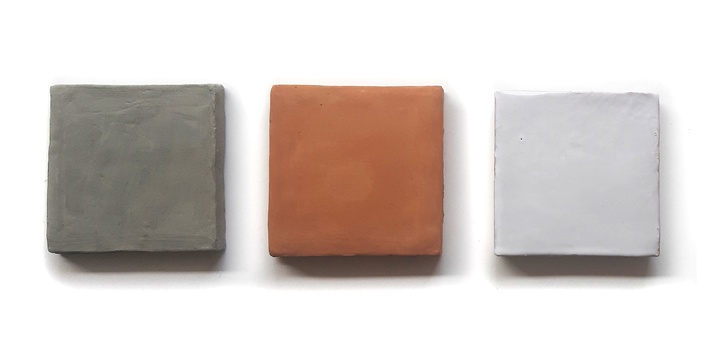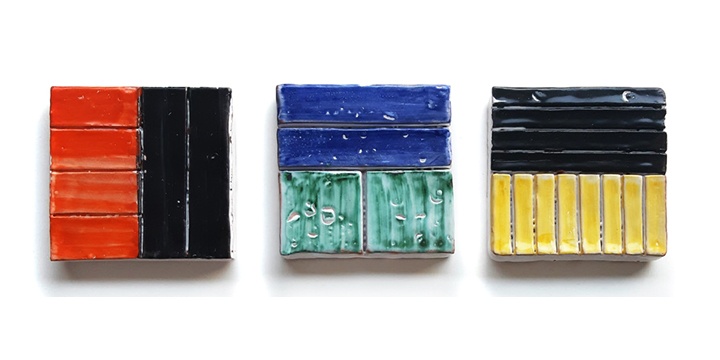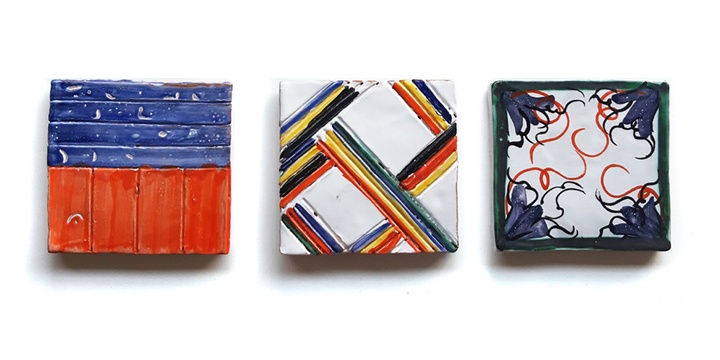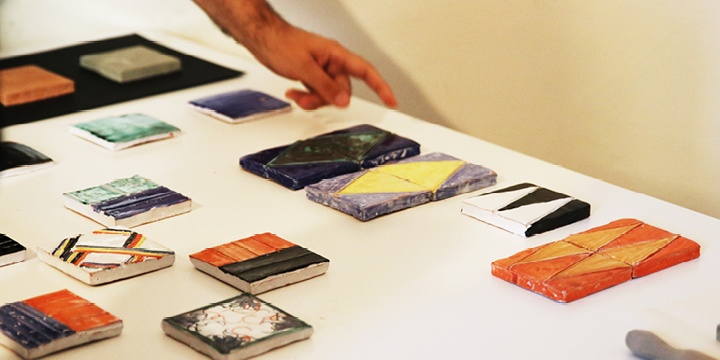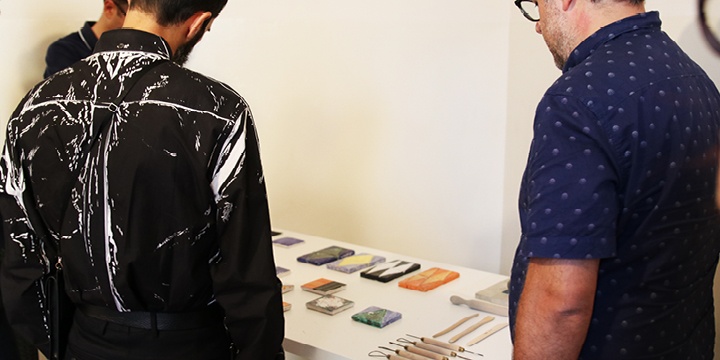
CEMENT TILES – YESTERDAY, TODAY AND TOMORROW
Cementine (or cement tiles, cement grits) are handcrafted artistic tiles for flooring and cladding, made of Portland cement mixed with marble powders. Widespread throughout Europe, Latin America and the United States, cement tiles were used to a large extent until the 1930s, to gradually become less and less common, following the advent of grit tiles and industrial ceramics. Today they are back in fashion, thanks to a popular charm between liberty and déco style, which after years has become a sign of great refinement.


SICILIAN MAJOLICA
TRADITION AND MODERNITY
Majolica is an enamel ceramic (majolica biscuit) which is prepared, modeled and dried with the same systems as other ceramics. The name "Majolica" comes from Mallorca, an island in the Balearic archipelago, not so much because particularly noteworthy specimens were produced there, but for the volume of exports. . Abroad, it is often known as "faïence", from the city of Faenza, which for centuries was one of the major European producers.
In a narrow and specialist sense, the term "majolica" refers only to stanniferous enamel ceramics; in a broader sense, however, all glazed terracotta is considered majolica, i.e. any object in biscuit covered with white glaze, decorated and annealed. Majolica tiles have always characterized the homes of nobles and gentlemen precisely because of the value and refinement they are able to provide to environments. The use of this type of tile for covering stoves is also interesting, as they represent real furnishing elements.

